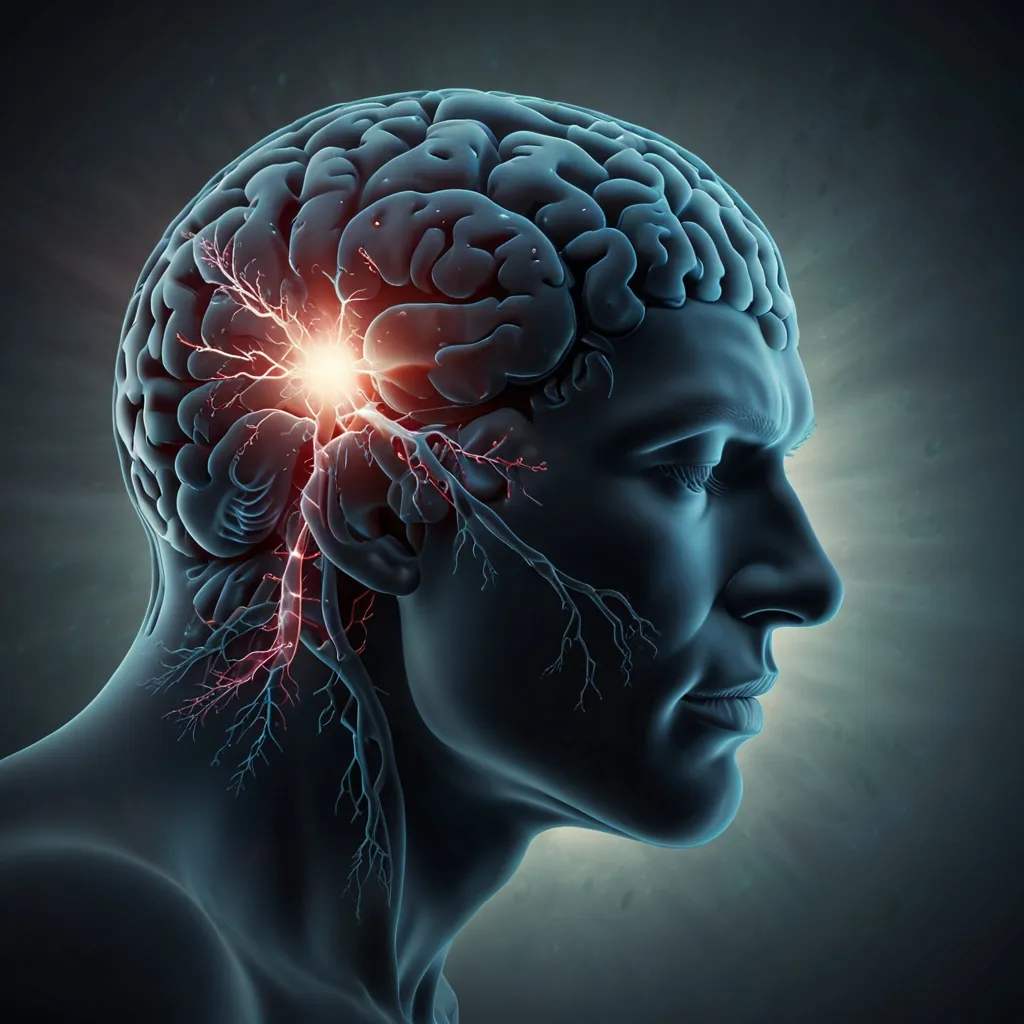Richard Feynman, the legendary American physicist and Nobel Laureate, once remarked, “If you think you understand quantum mechanics, you don’t understand quantum mechanics.” His statement underscores the bizarre and counter-intuitive nature of quantum mechanics, a topic that has perplexed scientists for decades.
At the quantum scale, objects like electrons, protons, and photons don’t behave as we might expect based on our everyday experiences. These particles aren’t like tiny marbles; they are fuzzy and indeterminate. Their properties, such as position and momentum, can only be described probabilistically, and these probabilities only become concrete upon measurement. This strange behavior doesn’t seem to apply to larger, everyday objects like tennis balls, prompting questions about the transition from the quantum to the macro scale—a subject of ongoing debate among physicists.
One of the most widely taught interpretations is the Copenhagen interpretation. In this model, particles exist in a superposition of states—essentially in multiple states at once—until they are observed. This idea can be illustrated by the famous thought experiment, Schrödinger’s Cat, which imagines a cat that is both alive and dead at the same time until someone looks inside the box. The Copenhagen interpretation suggests that the act of measurement collapses the wave function of a particle, making its properties definite.
But what if there are alternative ways to make sense of quantum mechanics? One such theory is the pilot-wave theory or Bohmian mechanics. Proposed by David Bohm, this theory treats the wave function as a real, physical wave that dictates the motion of particles, offering a deterministic approach to quantum mechanics. According to this view, particles follow specific trajectories guided by the wave function. Unlike the Copenhagen interpretation, pilot-wave theory doesn’t involve wave function collapse, making it deterministic rather than probabilistic. However, critics argue that it introduces unnecessary complexity and it doesn’t align well with special relativity.
Another fascinating interpretation is Roger Penrose’s induced collapse theory, which links quantum mechanics with general relativity. Penrose suggests that the superposition of particles creates dual gravitational fields, which becomes unstable as mass increases, leading to a collapse of the wave function. This theory provides a possible explanation for why we don’t observe quantum superpositions in larger, everyday objects and can be potentially tested by experiments.
John Cramer’s transactional interpretation adds another twist by introducing retro-causality, where future events can influence past events. This theory presumes that waves travel both forward and backward in time, and that these waves interact in a way that resolves into a single observable reality.
While all these theories offer intriguing perspectives on quantum mechanics, they come with their own sets of challenges and limitations. Despite their differences, none have yet succeeded in providing a complete, satisfying explanation. Even so, quantum mechanics remains one of the most successful theories in the history of science, offering predictions that have been consistently confirmed by experiments.
Though we may not entirely understand the fundamental workings of quantum mechanics, the quest for deeper insight continues to energize the scientific community. Future geniuses will undoubtedly build upon these ideas, potentially unveiling the true nature of our quantum reality.
So, while donning my cap to cover a recent surgical bandage on my scalp might seem unrelated, it’s a reminder that uncertainties, whether in our understanding of quantum mechanics or personal challenges, can be addressed and resolved over time.






